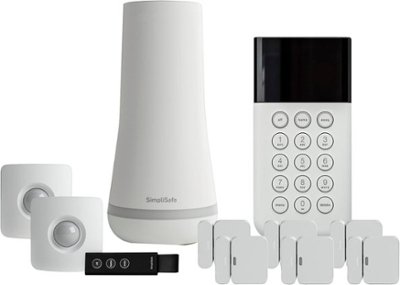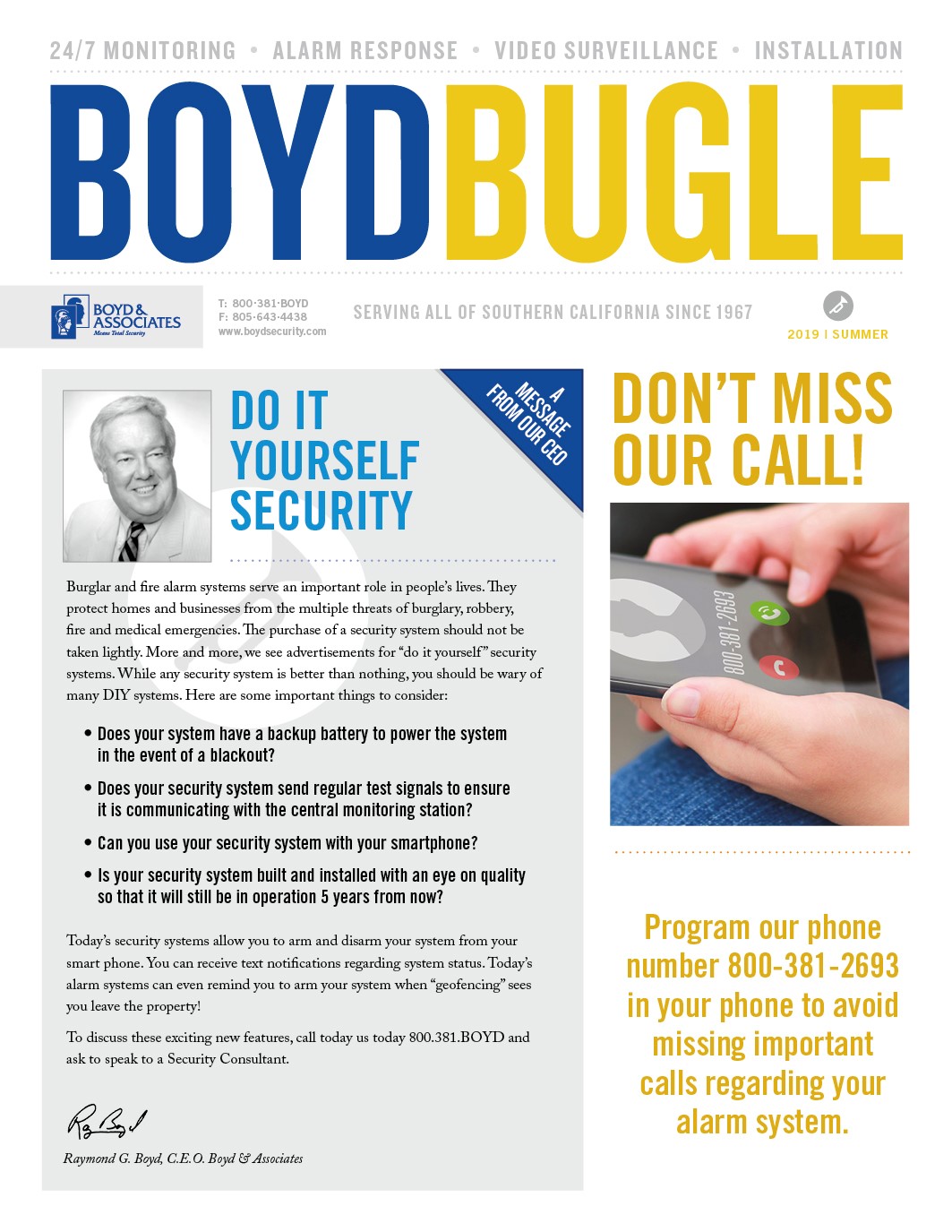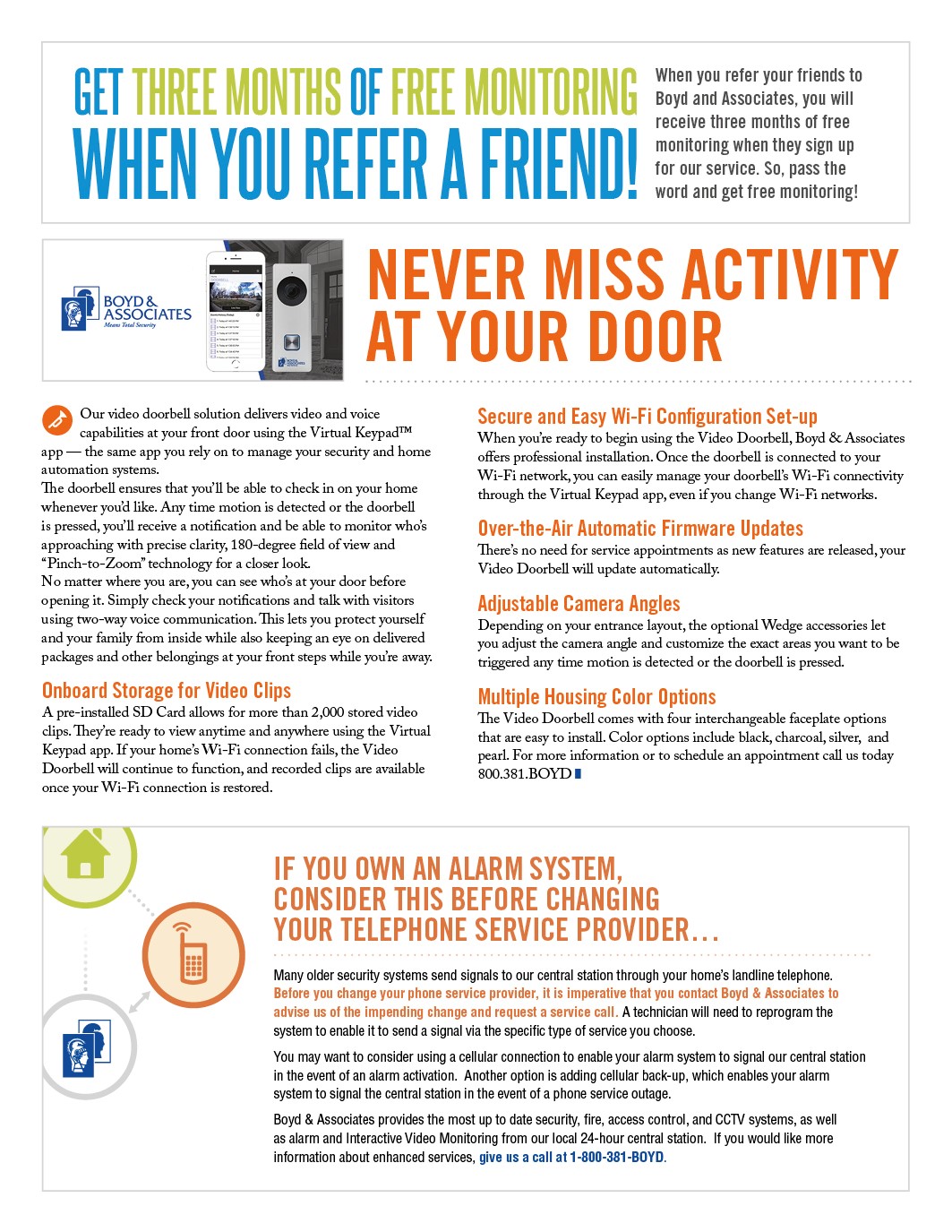Do Home Surveillance Cameras Really Deter Crime?
Home surveillance cameras can deter crime, but no system is 100% failproof. A thief may still steal from your home if they don’t notice the camera or see it there but take the risk anyway. But home security cameras represent a multi-billion-dollar industry and the stats show why.
An estimated 1,401,840 home burglaries occurred in 2017, based on data in the 2017 FBI Uniform Crime Report.
There is a great deal of evidence that security cameras deter burglars. Some of the reports that indicate they do include:
- University of North Carolina’s Department of Justice and Criminology: Of a pool of convicted burglars, 60% said they would start by looking for surveillance cameras; 40% said they’d find another target if cameras were present.
- Electronic Security Association: Data collected from burglars suggest they’d abandon a break-in attempt if there were outdoor cameras, alarms, signs for alarms, or dogs inside a home, among other signs of security at a target property.
- American Management Association: Its Workplace Monitoring and Surveillance report revealed that 82% of managers use some form of electronic monitoring, including security cameras, to protect the workplace against external and internal threats.
How to Boost the Effectiveness of Home Surveillance Cameras
To increase its effectiveness, a security camera must be properly set up. There are things you can do to decrease security risks or if you had a break-in and a surveillance camera was already installed in your home. First, enable push notifications, so you’ll receive instant alerts of any security issue. Also, check if your security system has motion detection recording and make sure this feature is working. Adjusting the sensitivity of motion sensing systems can boost your security as well.
Check the locations of your home surveillance cameras. There should be cameras at every main entrance and near windows or back doors a burglar might use to enter.
Home Surveillance Cameras Work
Law enforcement professionals agree that security cameras are a great way to deter crime. They can provide direct evidence of burglaries, vandalism, and armed robberies as well as employee theft, not to mention more serious offenses like murder. Cameras can deter both external and internal crime, so are effective whether installed outside a building or, for example, inside offices and building common areas.
Modern security camera systems can be connected to a network. If someone breaks into your home and you are away, you can receive an alert on your smartphone from the connected camera. You’ll also have footage of the event, which provides direct evidence of the incident that police can use.
In addition to crime deterrence and the evidence they provide, home surveillance cameras have other benefits. You may get a discount from an insurance company or homeowner’s association by installing one. A camera can also help prevent the theft of packages delivered to your front door. If you can prove theft occurred, you can be more likely to receive a refund or replacement for the stolen item.
Improve Home Security with Boyd & Associates
Video surveillance and other security solutions are available from Boyd & Associates. Our advanced systems include video analytics software that provides automatic alerts. Records of video footage can be searched, while live video can be seen and managed remotely from a smartphone, tablet, or web browser. For improved home security, we also provide advanced burglar alarm systems, alarm monitoring, and patrol and security services. To learn more about our solutions, call us at 805-321-6664.



